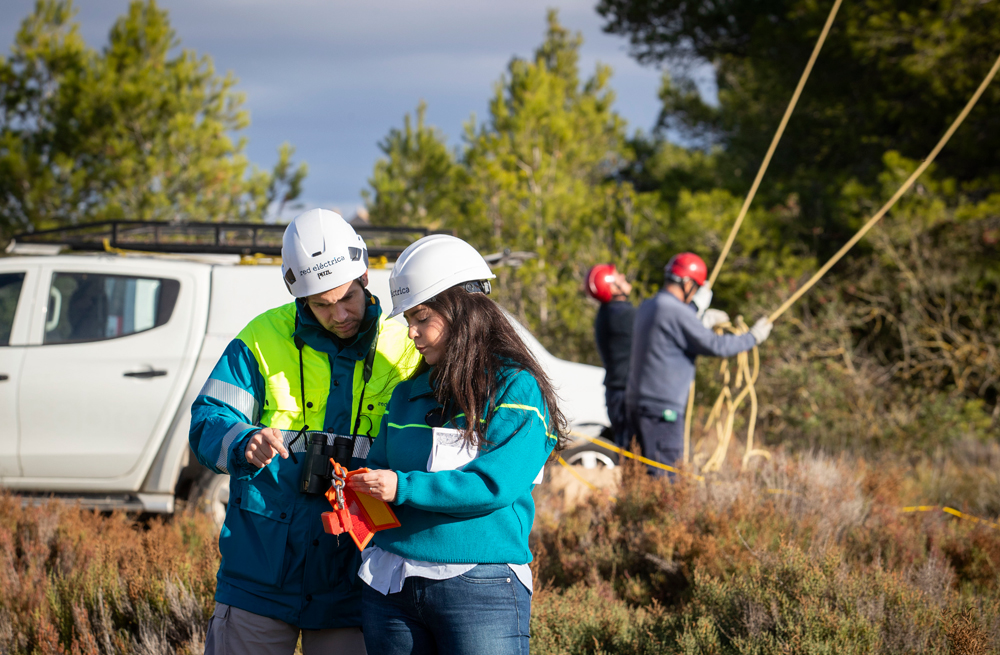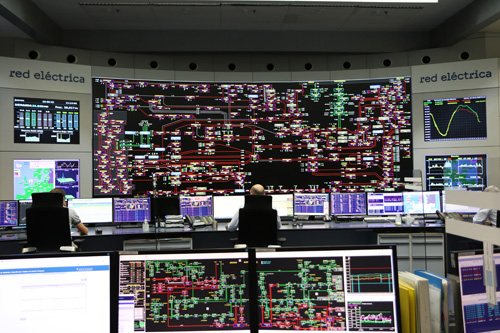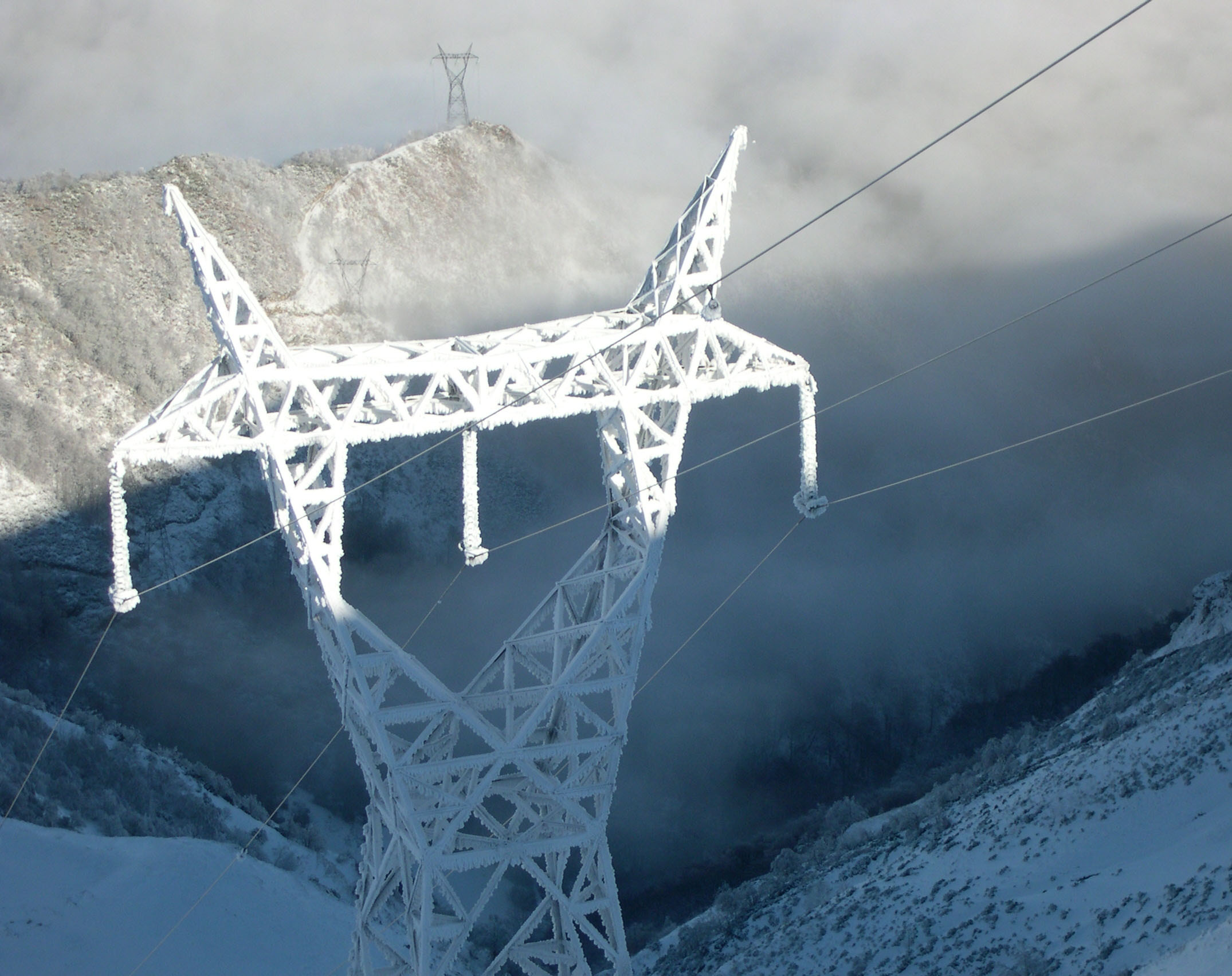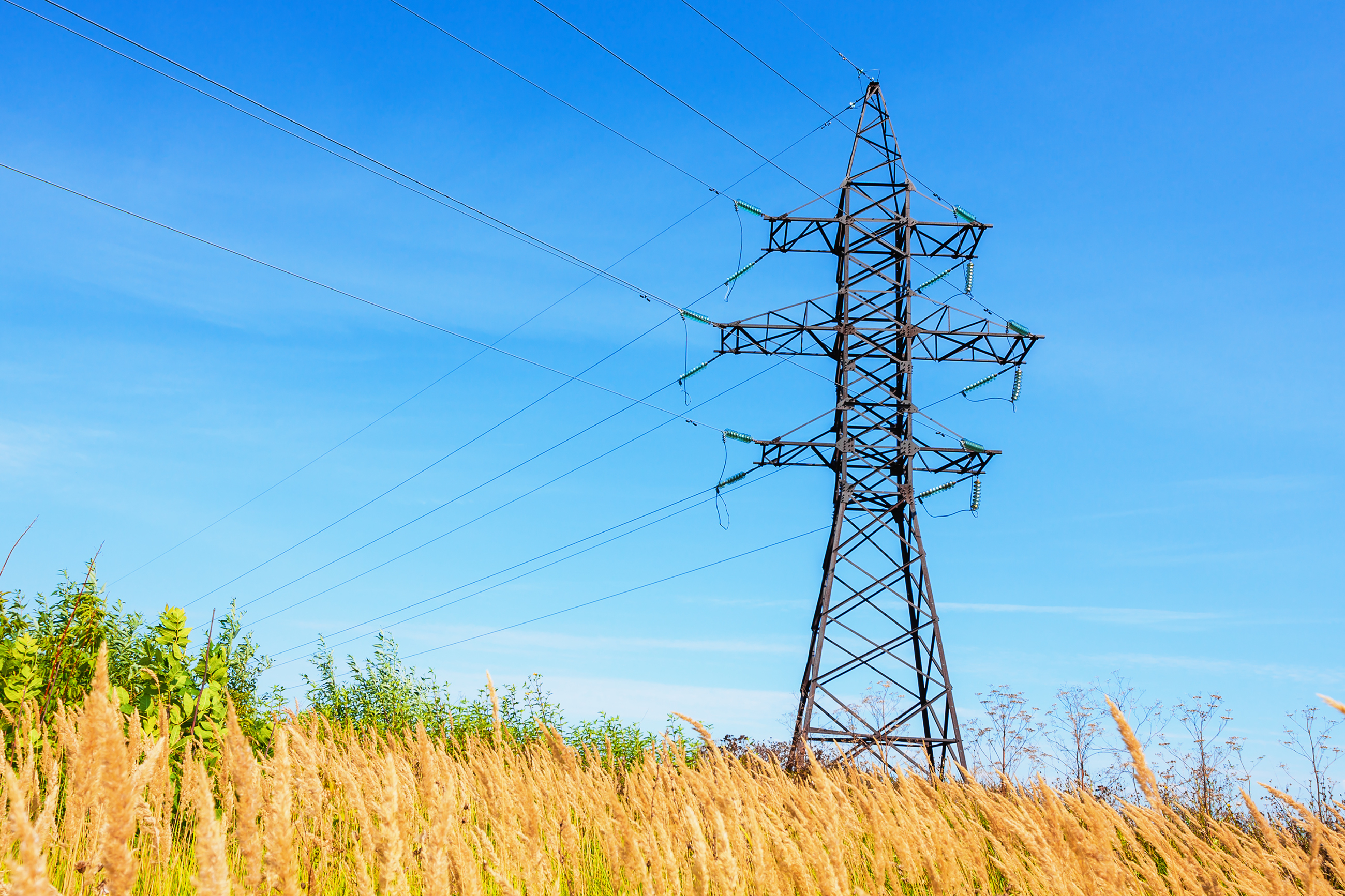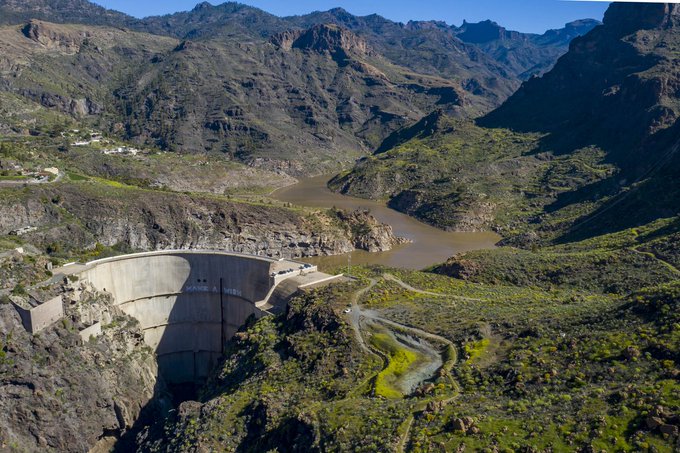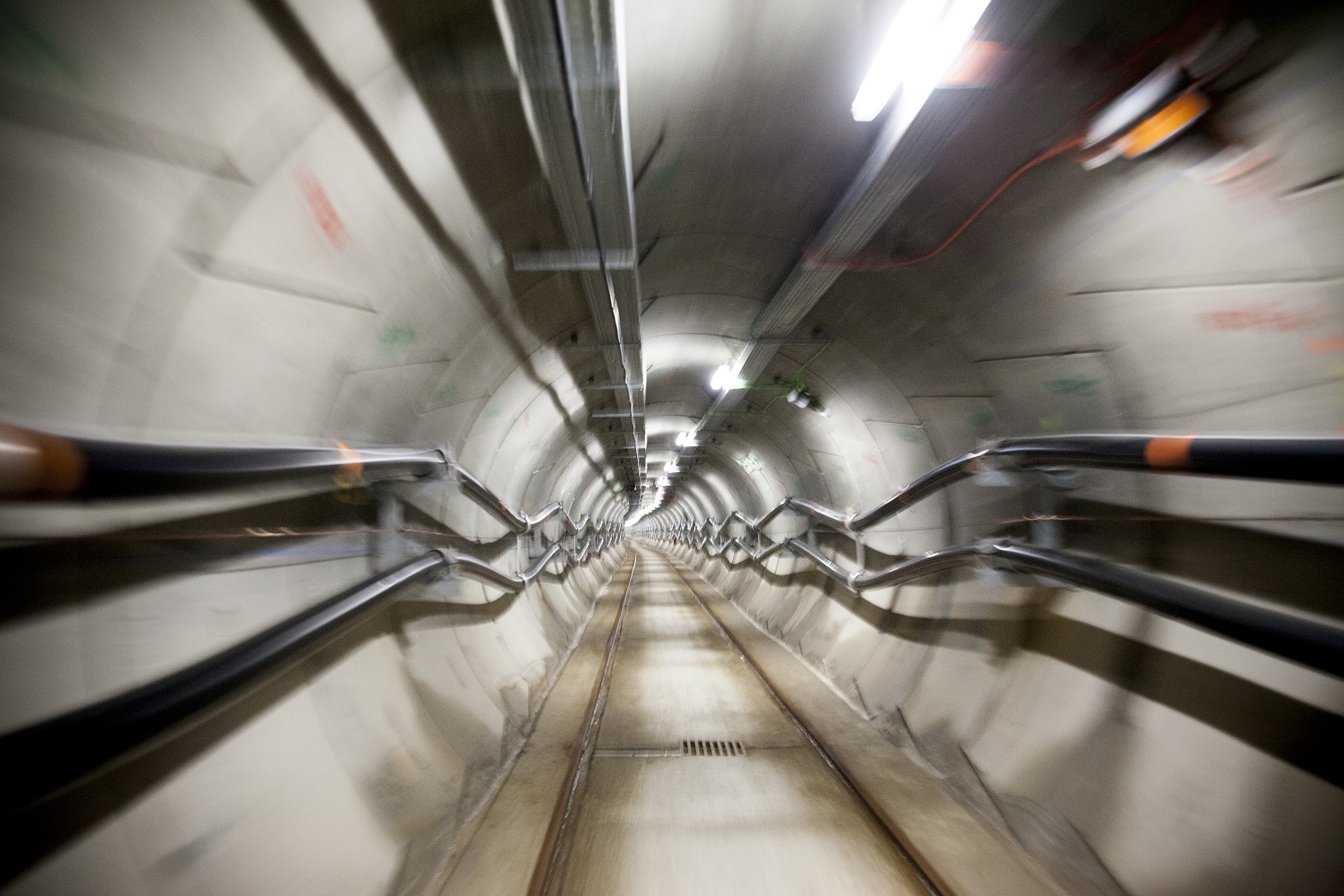For 40 years, we've been driving our country's economic and social progress. Four decades shaping Spain.
Pedro Sánchez and Beatriz Corredor visit the new 132 kV Virgen de África substation in Ceuta for the interconnection with the Spanish peninsula
The chairwoman of Redeia—Red Eléctrica’s parent company—welcomed the president of the Spanish Government to the first transmission grid facility operated by Red Eléctrica in the autonomous city.
They were joined on the visit by the president of Ceuta, Juan Jesús Vivas, and the Government delegate in the city, Cristina Pérez Valero, among other authorities.
The laying of the second submarine cable for the interconnection will be completed in the coming days.
The president of the Government, Pedro Sánchez, together with Redeia’s chairwoman, Beatriz Corredor, visited the newly completed 132 kV Virgen de África substation, the landing point for the new electrical interconnection with the Spanish peninsula. This project is included in the current Electricity Transmission Grid Planning approved by the Government and executed by Red Eléctrica to deliver an unprecedented boost to Ceuta’s economy, industry, and energy transition.
As Corredor explained to the president, the substation is equipped with six bays and uses gas-insulated switchgear (GIS) technology, making it more compact and integrated within a building. This reduces space requirements and minimises its visual impact on the surroundings.
The first submarine cable was successfully installed in September. Now, Red Eléctrica is currently laying the second one, which is expected to reach the coast of Ceuta in the coming days. Furthermore, the underground onshore section in Ceuta has already been completed, while the final works are now underway on the peninsula.
A strategic project for Ceuta and for Spain
Thanks to this new link, included in the current Electricity Transmission Grid Planning, Ceuta will integrate into the Spanish peninsular electricity system. This will allow the city to benefit from a more stable and secure electricity supply —meeting standards equivalent to those of the mainland. Therefore, Ceuta will boost its economic development and significantly reduce its dependence on fossil fuels. The entire route has been designed under sustainability criteria to ensure compatibility with nearby aquaculture and fishing infrastructures. The land-to-sea transition of the cable was carried out using horizontal directional drilling, a technique that involves constructing a small tunnel through which the cable runs from the coastline to several hundred meters offshore. This solution avoids any impact on beaches or swimming areas while safeguarding the natural environment.
Downloads

